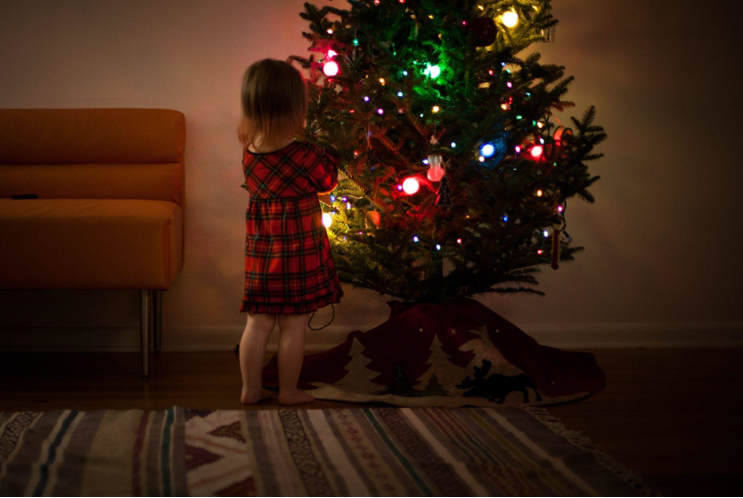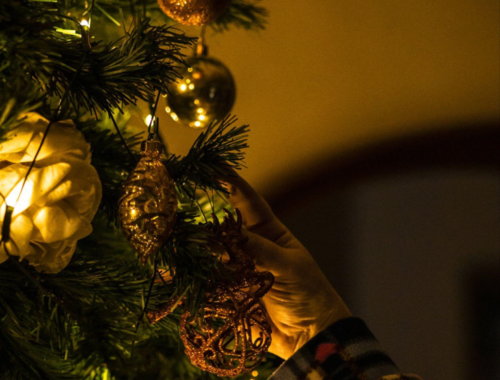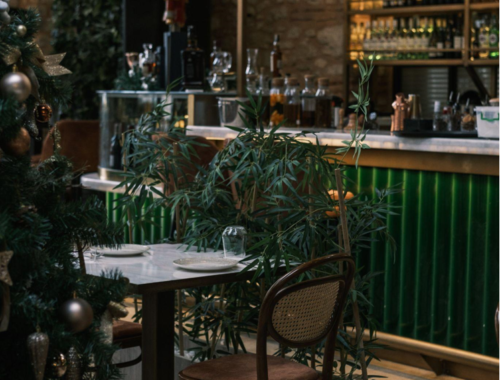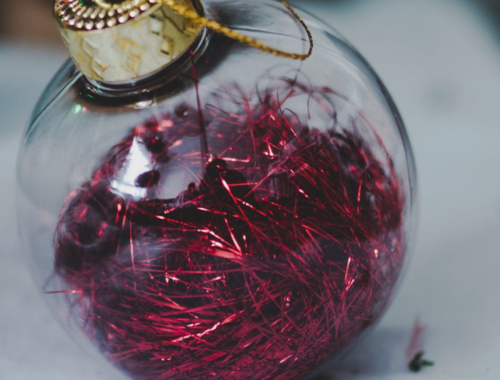
The Regal Origins of Artificial Christmas Trees in Medieval Times
The Rise of Artificial Christmas Trees in Medieval Times
When we think of Christmas trees, we often envision a tall pine tree adorned with colorful lights and ornaments. However, did you know that the first Christmas trees were artificial and made of feathers dyed green? This may come as a surprise, but artificial Christmas trees have a rich history that dates back to medieval times.
Christmas was a time of feasting, merrymaking, and gift-giving in the Middle Ages. Royal courts, in particular, celebrated the holiday with glorious displays of wealth and extravagance. Back then, trees and plants were scarce and not readily available for decoration, so artificial trees became a popular alternative. These trees, made from feathers or wire, were adorned with apples, nuts, and other fruit to symbolize abundance and prosperity.
The Symbolism of the Christmas Tree in Regal Circles
As time passed, the popularity of artificial Christmas trees grew beyond just being a practical solution. Artificial trees became more elaborate and ornate, adorned with gold and silver decorations, and displayed in grand halls and ballrooms. Kings and Queens from all over Europe started to adopt the custom, and soon, the Christmas tree became a symbol of royalty and wealth.
During the reign of Queen Victoria in the 19th century, the popularity of Christmas trees exploded. The Queen and Prince Albert decorated a large tree at Windsor Castle, starting a trend that spread throughout Britain and the rest of the world. Soon, artificial Christmas trees were being produced in larger quantities and with more intricate designs, catering to royal and common households.
Today, artificial Christmas trees continue to be a beloved tradition. They come in various sizes, styles, and designs, making them accessible to all households. Interestingly, artificial trees have become more eco-friendly, with some manufacturers producing trees made from recycled materials. It’s far from medieval feather and wire trees, yet the tradition lives on.
In conclusion, the history of artificial Christmas trees is an intriguing tale of evolution and adaptation. These trees have come a long way from their humble beginnings as simple feather and wire creations to their opulent displays in royal courts. Despite the changes, one thing remains constant. The Christmas tree symbolizes abundance, prosperity, and togetherness, bringing joy to homes worldwide.
You May Also Like

Enhance Your Holiday Experience with Artificial Christmas Trees and Spa Treatments
November 30, 2023
Christmas in July with the King of Christmas Trees
June 4, 2024

